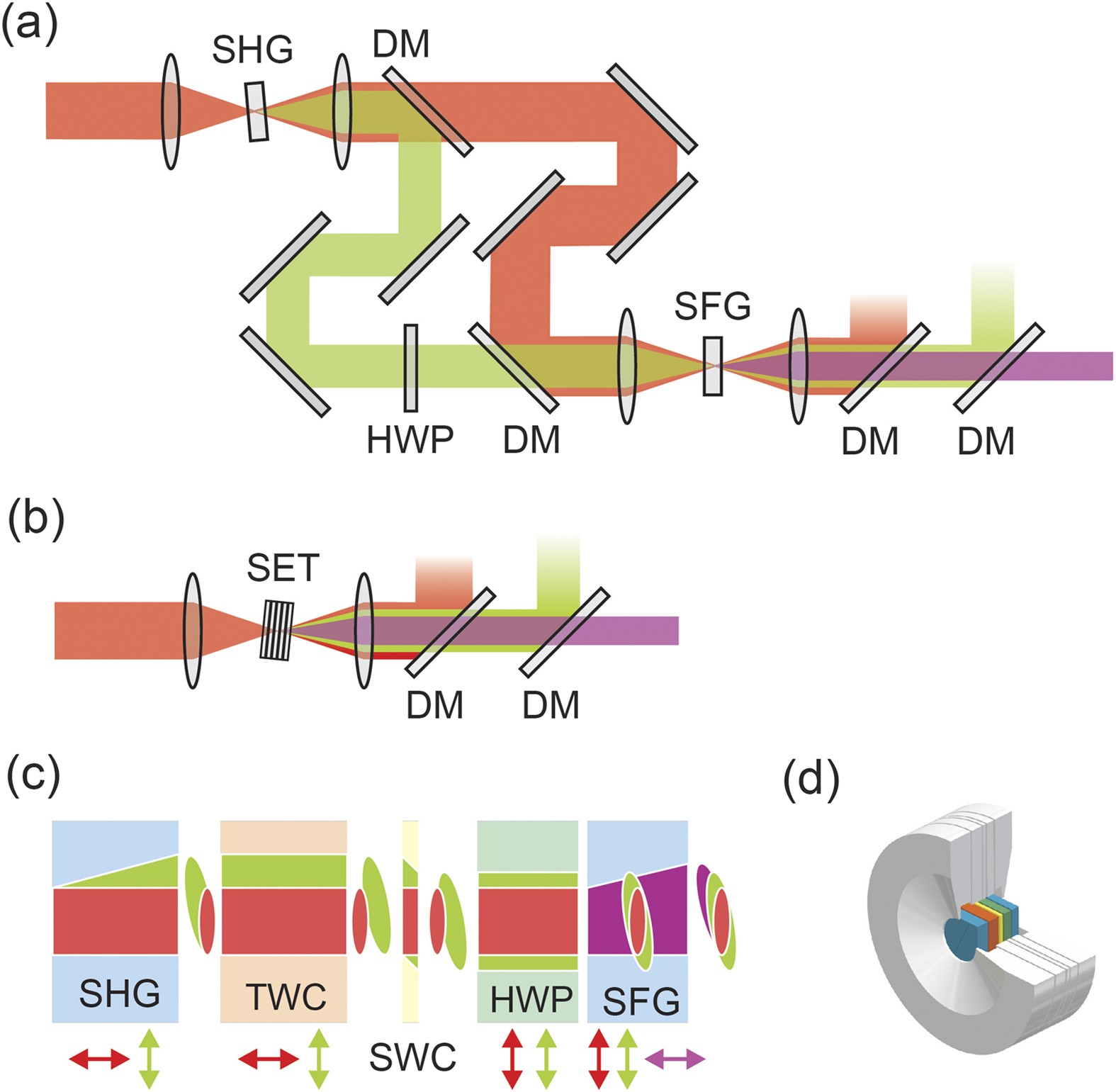Contents
![]()
Source: Fraunhofer-Gesellschaft
<>
Understanding Nonlinear Frequency Conversion in Photonics
Introduction
Nonlinear frequency conversion is a process in photonics where an optical nonlinearity is used to convert part of the optical power of input light into output light of a different wavelength. This process is essential for generating light in wavelength regions that are not directly accessible with conventional lasers.
Principles of Nonlinear Frequency Conversion
Nonlinear frequency conversion typically involves utilizing a laser beam with high optical intensity as the input light source. The output light is often in the form of a laser-like beam with high spatial coherence. This process is crucial for applications requiring light in specific wavelength ranges, such as visible or ultraviolet light.
Efficiency and Design Considerations
Efficient nonlinear frequency conversion requires high optical intensities, which can be achieved through various methods. However, the process is often limited by the damage threshold of the nonlinear materials used. Designing effective nonlinear frequency conversion devices involves addressing issues such as beam quality effects, spatial walk-off, gain guiding, and pump depletion.
Simulations for Optimization
Numerical simulations play a crucial role in optimizing the performance of nonlinear frequency conversion devices. These simulations help in understanding complex phenomena associated with the conversion of ultrashort pulses and enable researchers to overcome potential challenges in the design and implementation of such devices.
Conclusion
Nonlinear frequency conversion is a fundamental process in photonics that enables the generation of light in various wavelength regions. By understanding the principles and design considerations involved in this process, researchers can develop efficient and optimized devices for a wide range of applications in optics and photonics.

Source: Nature
Feel free to comment your thoughts.


